Whether you’re thinking about getting an EV or currently have one, you’ll need to figure out just what you need to do to charge it at home. Let’s go over some things you need to consider that maybe the dealership “forgot” to tell you about. Let’s discuss some of the things that most people in my experience as a master electrician don’t realize or understand. Can your home or apartment even accommodate an EV charger? As a master electrician, I know that EV charger installation can be simple, and it can be very complicated. My goal here is to help you understand everything you need to know before you have your EV charger installed.
Misconceptions
I want to start here with the many misconceptions about charging EV’s and the simplicity of EV charger installation. These are things I deal with on a daily basis and I know certain automotive manufacturers tell prospective buyers. Knowing these things before hand will give you a huge edge before you buy an EV.
1. You can plug your EV in to any outlet in your house:
This is a sly tactic some less than ethical sales people in the EV industry use because it’s true but very misleading. Some EV’s will come with an adapter to charge your car with a regular ol’ 120V receptacle. Sounds great, easy, done! Right? Not exactly. This is fine if you need to charge your car and obtain only a mile or two per hour of charge. It WILL charge your car, but unless you’re driving less than a few miles per day it’s not exactly practical.
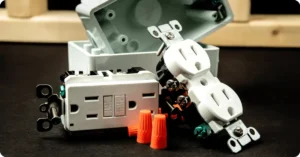
2. The EV Charger Installation comes with my car:
Again, some dealerships would like to convince you of this but unfortunately it is too often misleading and not entirely true. Daily, I have customers call me and explain how the installation was “covered” if and only if the EV charger could be installed in a very specific location. What happens is that the customer now has to go and cover the EV charger installation themselves, often at an unexpected price. Make sure you ask to see the fine print/contract if you’re being promised a free at home installation.
3. An EV Charger can be installed in any house:
I wish this were true, but the laws of physics exist and persist. The fact of the matter is that many houses, especially those with all electric appliances, may not have adequate ampacity at the main electrical panel to have an EV charger installed. In this case, you would need to spend thousands of dollars to upgrade the panel or service size before any EV charger installation can happen.
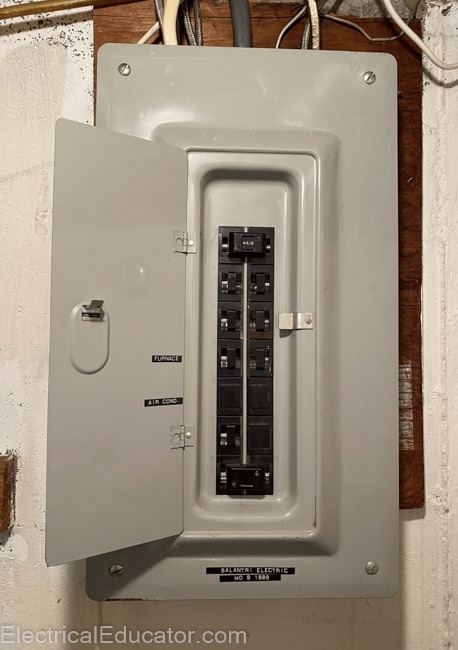
4. This is NOT a DIY Project
Lastly, and importantly, Installing an EV charger is NOT a DIY project. I’ve seen too many folks try to do the install with minimal knowledge and it does not go well. It is dangerous and can be a fire hazard and damage your vehicle if not done to code. For all warranty related issues with your vehicle and/or charger, a receipt of work by a licensed and insured electrical contractor may be needed.
EV Charger Installation Costs
I think it’s wise to get right in to costs here. In short, the majority of installations are going to range between:
$500-$4000
Why such a large price range for an EV charger install? Simply because some are straightforward and require minimal labor and materials, and some are super involved. Here are some general examples:
Low Range: Electrical Panel has ample space and capacity. The EV charger install location is physically close to the panel with minimal obstructions.
Mid Range: Electrical Panel has ample space and capacity. The EV charger install location is located more than 20′ from the panel with obstructions such as finished walls.
High Range: Electrical Panel has ample space and capacity. The EV charger install location is located far from the electrical panel. It may be on the opposite side of the house or located outside involving trenching.
Keep in mind all of the above involve an electrical panel that has ample space and capacity. This also means they are safe and in good working order. Some panels are just too old, damaged, or of one of the unsafe types. Click here to read more about unsafe electrical panels. MANY homes can not accommodate an EV charger simply because they do not have enough power (in amperage) available. This means they will need a service upgrade. Upgrading a service or panel will be an additional step and cost, almost always more than the EV charger install.
EV Charger Install Cost Variables
Size (in Amperage) of The Electrical Service and Electrical Panel?
Most commonly, residential EV chargers are going to require 50 Amps (A) at 240 Volts (V). This is very similar to an electric range and in simple terms, it’s a big draw. Importantly, you WANT a charger that draws about 50A to charge your vehicle quickly. Some homes only have 60A or 100A available and this becomes an issue. So we know we need ample ampacity in the electrical panel to make this work. For quick reference, a residential service and panel upgrade (to 200A) runs in the ballpark of $4000-$7000 depending on what part of the country you are in. If your panel is old, too small, unsafe, or needs replacement or upgraded for any reason, this additional cost will be necessary.
EV Charger Install Location Relative To The Electrical Panel
If your panel and service are good to go, location is your biggest factor influencing the cost of an EV charger installation. Is it going close to your electrical panel with no obstructions? These installs utilize a minimal amount of wire (fixed cost and expensive) and labor involved. Prices here range can start as little as $500 depending on what part of the country you’re in. On the other hand, is it going on the complete other end of the house? Is it going to go outside in the middle of a driveway? Things like this bring about labor intensive activities and drive up price of the EV charger install.
In short:
- Close & Easy = Less expensive.
- Far & Difficult = More expensive.
Things To Consider
Here’s the part where I arm you with some of the technical things so you know and your electrician are speaking the same language.
Hardwired Vs. Plug In (NEMA 14-50) Installation
The next part of your journey is going to be to determine whether you’re EV Charge will be hardwired or plugged in. There are subjective opinions folks have to each but I’m here to tell you what you need to know so you can make your own decision. Both are great options. The good news is that many EV charging units will give you the option to do either.
Hardwired:
A hardwired unit has a few benefits. For starters, the EV Charger install looks a bit sleeker and purposeful. On a functional note, many chargers are rated to be outside and wired as such. This also makes for a sleek installation if the EV charger is installed apart from the house. For instance, if you install the charger on a standalone post on the other side of the driveway, hardwiring works best. You also eliminate potential points of failure. In theory the less connections in an electrical circuit the better. We’ll examine that next.
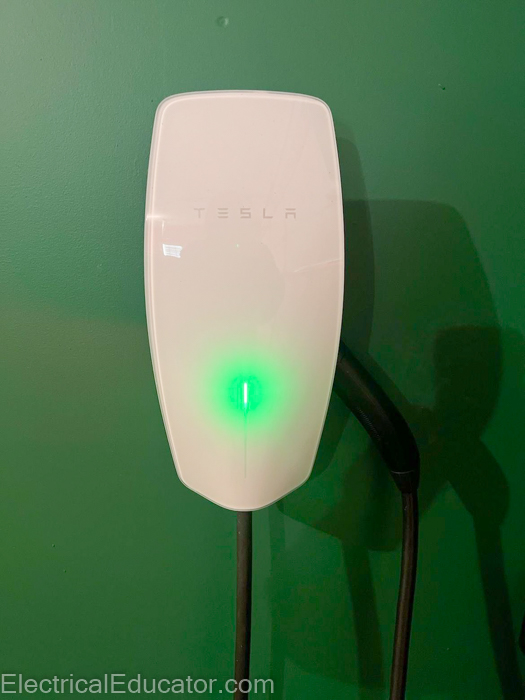
Plug In NEMA 14-50:
This part gets me excited. Firstly, a NEMA 14-50 is simply a large black receptacle that is rated for 250V and 50 amperes. They’re most commonly used for electric ranges. There’s a lot of talk about NEMA 14-50 receptacles melting when used for EV chargers installs. I’ve seen it myself in fact. Here’s the thing, most likely the receptacle wasn’t torqued to specification. This makes a huge difference. Better yet, Leviton came out with an EV Specific NEMA 14-50. I will tell you, this thing is ROBUST, it is rated for over 70A!
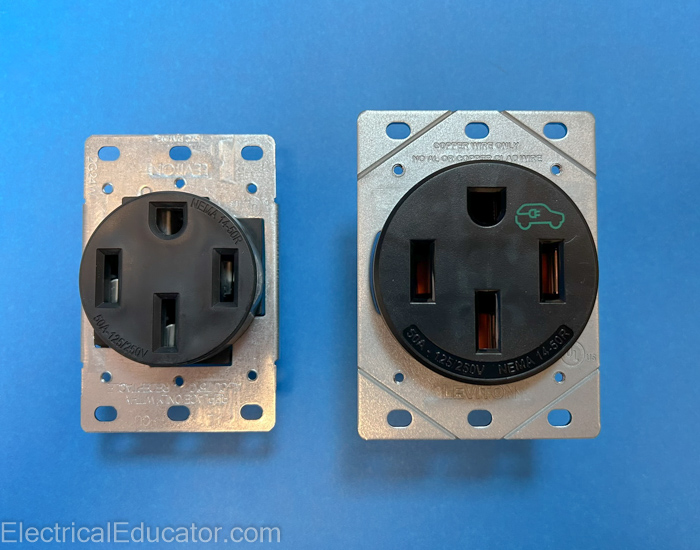
The benefits of a plug in NEMA 14-50 EV charger install are significant as well. Should something happen to your charger and you need a new one, simply unplug it and plug in the new one. Should you have a friend or relative over they can plug their charger as well (if its different on the vehicle end). Lastly, and this is a stretch, but that receptacle isn’t exclusive to your car charger. A NEMA 14-50 is used for ranges, welders, ovens, and many other high current items. Of note, there are in fact outdoor rated NEMA 14-50 enclosures
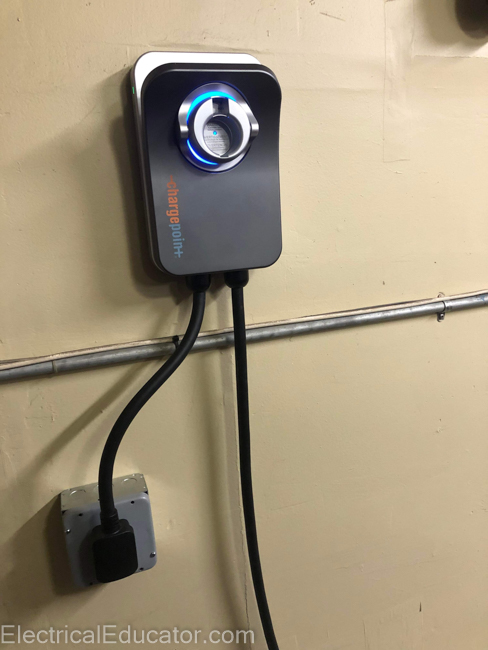
Closing Thoughts
Preparing to charge your electric vehicle (EV) at home involves more than simply plugging it in or relying on dealership promises. Understanding the complexities of EV charger installation—such as your home’s electrical capacity, the location of the charger, and whether to choose a hardwired or plug-in setup—can save you from unexpected costs and complications. Misconceptions about charging, installation costs, and home compatibility are common, but being informed will help you save money and also make the best decision. Do not try to DIY a project like this, there are far too many things to go wrong and it’s dangerous for both you and your EV. I always recommend heading over to the National Electrical Registry to find a licensed, insured, electrical contractor in your area. If you happen to be in Canada, head over to MyEVExperts and find a licensed, insured electrician to get the job done right. Don’t hesitate to reach out to us with any questions, thanks for reading!
FAQ:
The cost to install an EV charger at home can vary. If your electrical system can handle the charger and the charger is being installed very close to the main electrical panel your costs will be lower, in the $500-$1000 range by a licensed electrician. The farther away and more complications arise, the more expensive the installation will be.
In California, under Civil Code 1947.6, landlords are required to allow the installation of an EV charger. This does NOT mean they are responsible for any of the costs associated with the charger, installation, or utility costs. There are a few exceptions, mostly that apply to apartment units. Click here for more information.
A licensed electrician needs to run a new circuit from your electrical panel to the location of the charger. You can hardwire the charger or install a NEMA 14-50 receptacle (indoor or outdoor). The installation is nothing out of the ordinary for a licensed electrician, it is basically the same installation for a stove or air conditioner.

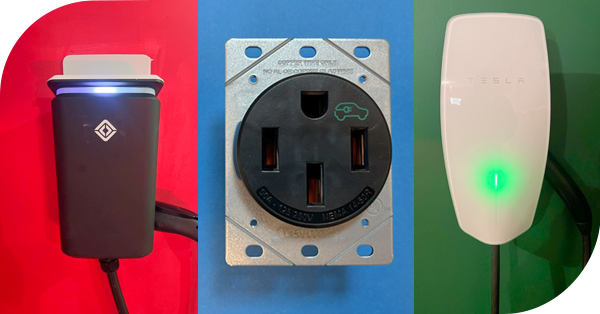
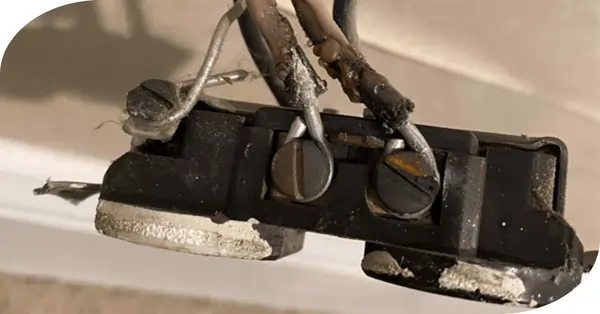
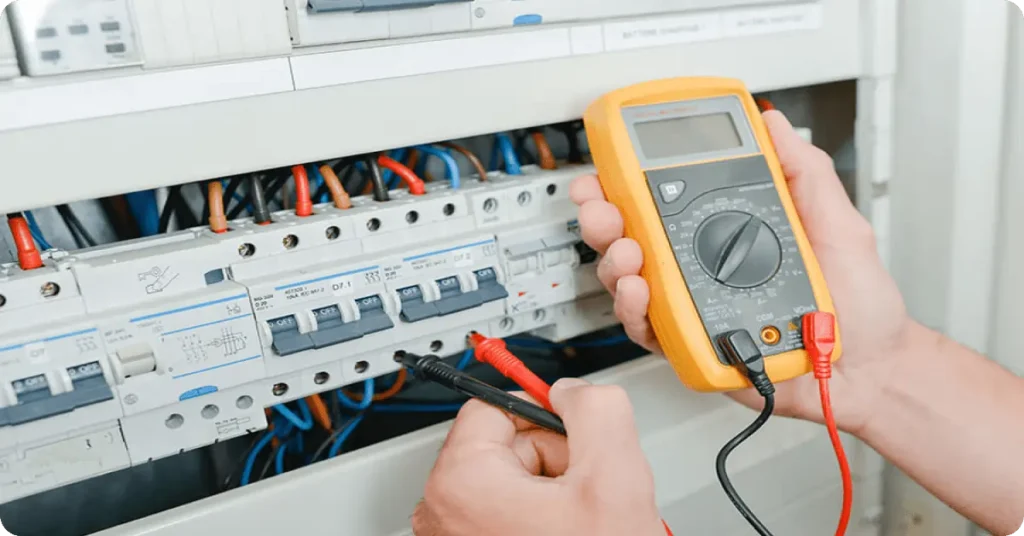
We’ve also gotten calls from tons of people who thought installing an EV charger is a DIY job. They don’t realize how difficult and dangerous it is. I wish people would save themselves the trouble and just call an electrician before they try it on their own!
It’s crazy how every licensed electrical contractor I talk to says the same thing and has plenty of horror stories to go along with it of DIY’s gone wrong. Folks like us sometimes take for granted how we know what breaker size goes with what cable and where that cable is allowed etc. Many don’t understand the time and effort put in to become a master electrician and run a company. Thanks so much for taking the time to read my article and dropping a comment, means a lot to me!
Mike
A lot of people are still worried about charging costs and home compatibility, but getting the right info can save you money in the long run. Always check the National Electrical Registry for trusted electricians in your area. Got any concerns about installing an EV charger at home?
Right on guys, thank you much!